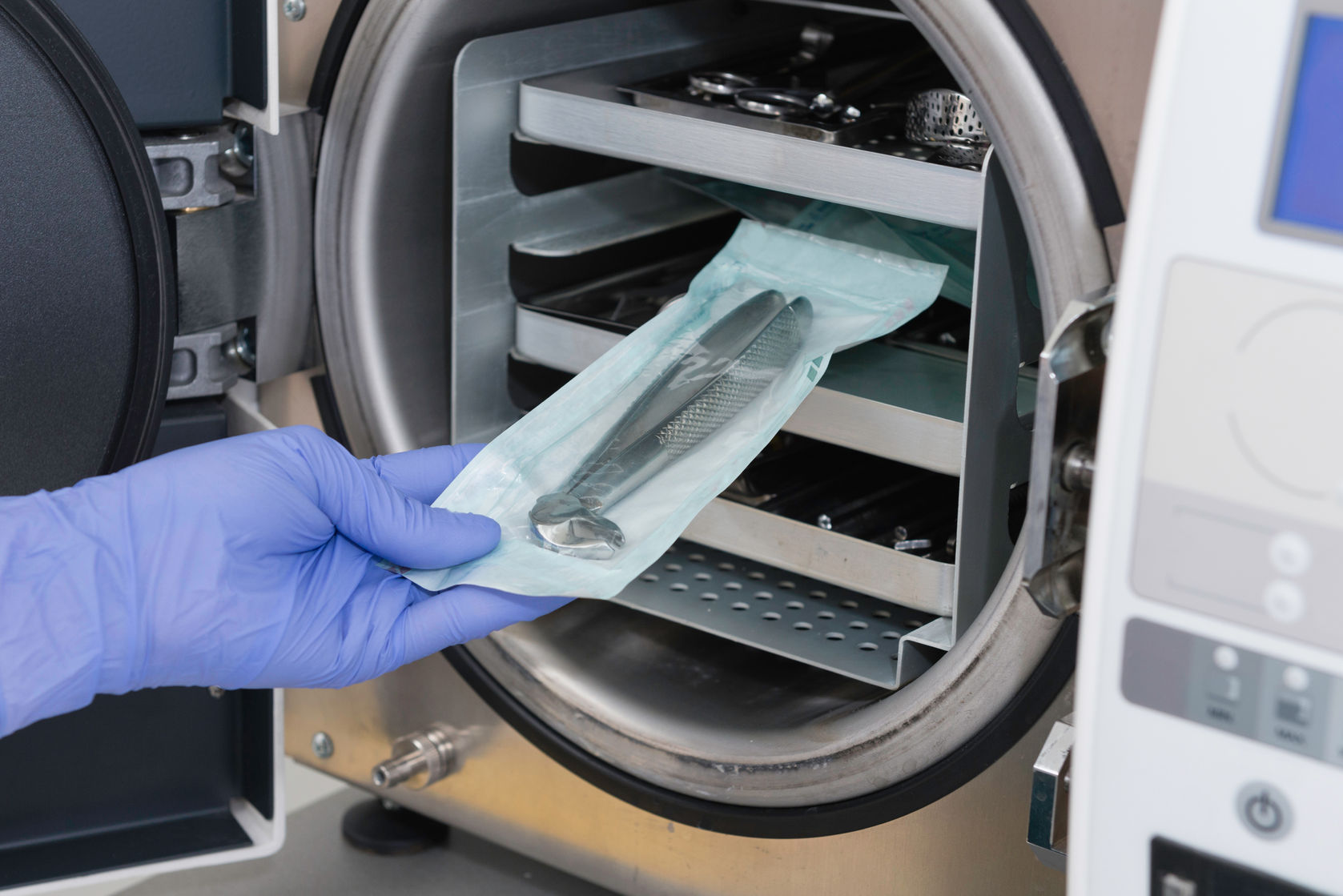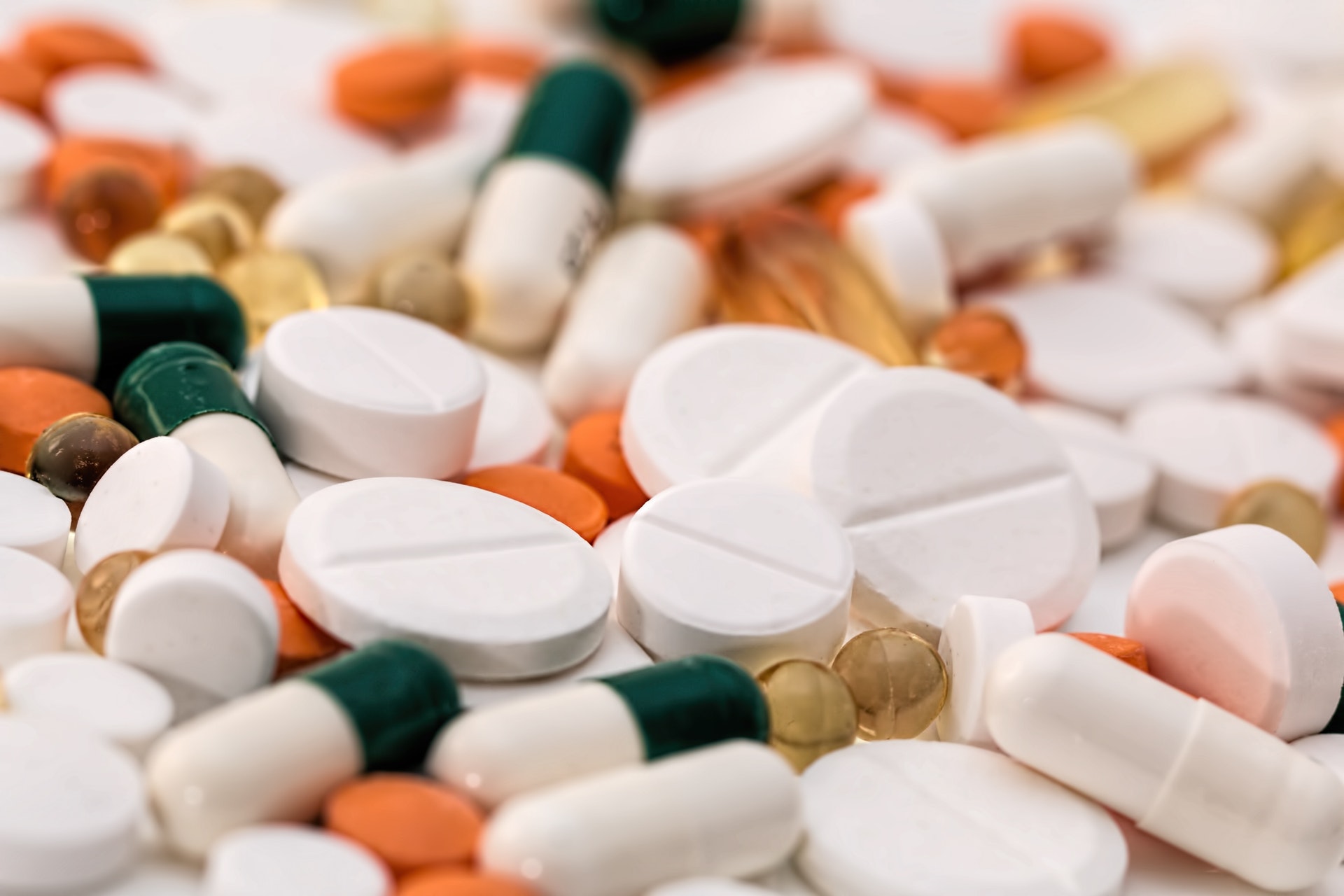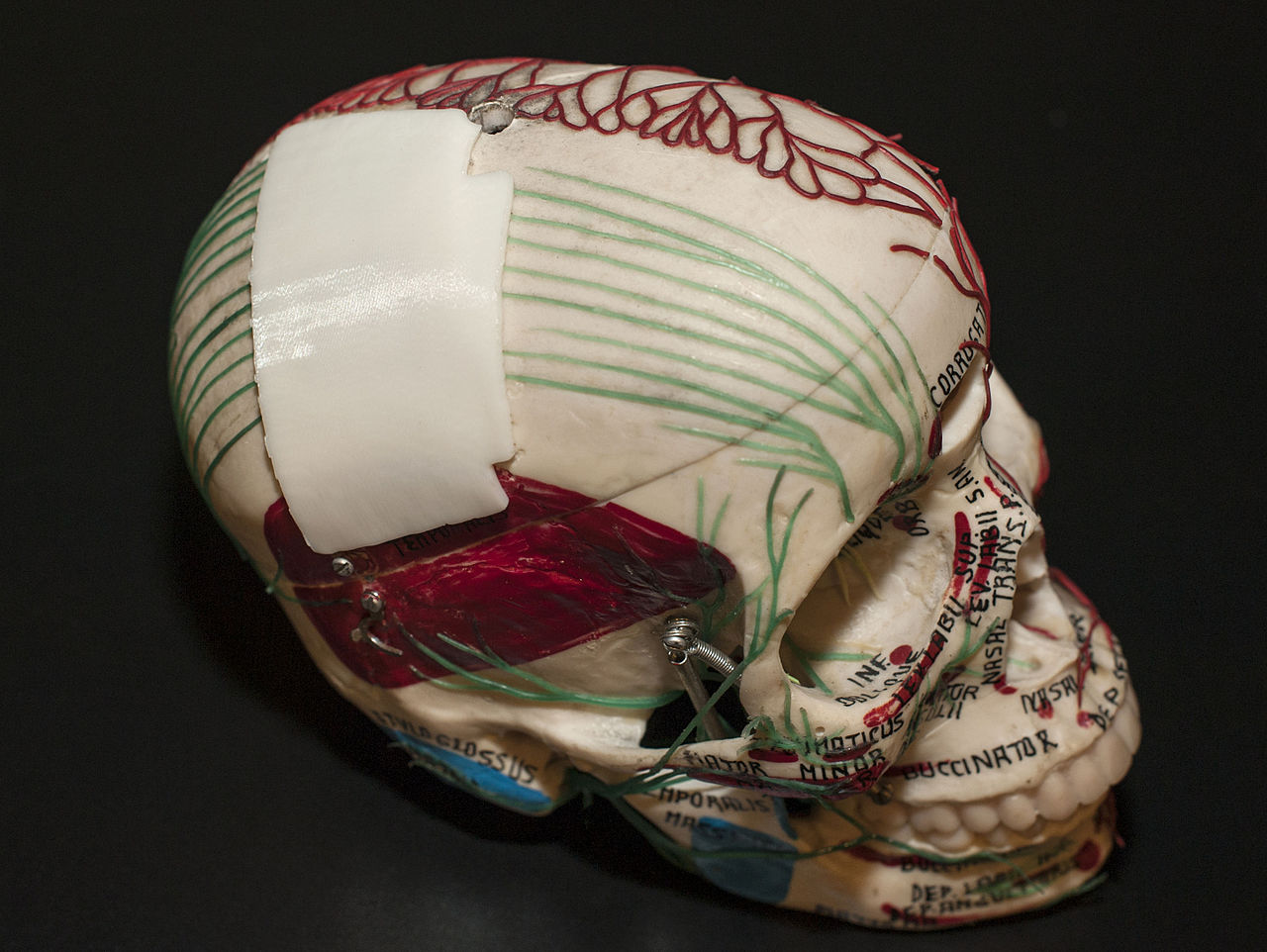The controversial medical device excise tax introduced as part of the Affordable Care Act has forced device companies to rein in their R&D spending, according to a researcher from Iowa State University. While a moratorium on the medical device excise tax – which has since been extended to 2020 – was passed by Congress in 2015, the tax could have more negative consequences for the medical device industry if it’s reinstated.
While it was in effect in 2013, the medical device excise tax imposed a 2.3 percent levy on most medical devices. The current study – which was published in the journal Research Policy – found that the tax was responsible for a $34 million reduction in R&D spending among medical device firms, along with a $188 million decrease in overall sales revenue.
Gross margins were cut by $375 million and earnings dropped by $68 million. Marketing and operating costs of these medical device firms were also negatively affected by the excise tax.
In this first study to examine the cost of the medical device excise tax on manufacturers and their bottom line, it’s explained that the tax was one of many initiatives designed to help fund the Affordable Care Act and provide more Americans with health insurance. Nearly all medical devices – including needles, defibrillators and coronary stents – were subject to the tax, with the notable exception of more consumer-focused devices such as eyeglasses and hearing aids.
Since most other medical devices are sold to hospitals and other healthcare centers with strong bargaining power, manufacturers were largely unable to increase the cost of their devices in order to offset the impact of the tax. After controlling for economic variables which could have impacted a firm’s R&D spending budget, the study concluded that the tax was a major factor in the reduced investment into new products.
“Highly advanced equipment in hospitals is a critical aspect of medical care,” said study author Daeyong Lee, an assistant professor of human development and family studies at Iowa State University. “Some devices such as coronary stents require high-research investment. If medical device firms stop or reduce that investment, we won’t have better equipment and devices for complicated surgeries or procedures.”
Medical device firms need to invest heavily in R&D in order to develop newer, better devices, according to Lee. He says medical device firms also weathered the tax by focusing more on selling their products internationally.
So what is Lee’s advice to policymakers come 2020? He encourages them to consider taxing other industries – as opposed to just medical device makers – in order to gain funds to support healthcare reform. He suggests that since insurers have seen a benefit from the increased number of people who now pay health insurance premiums, they could be a prime industry in which to implement a modest tax.
“If there is a broader tax base, the negative effects will be reduced,” said Lee. “The government needs to raise revenue to cover the costs of the Affordable Care Act, but there are other ways to do it without harming a research and development intensive industry.”












Join or login to leave a comment
JOIN LOGIN